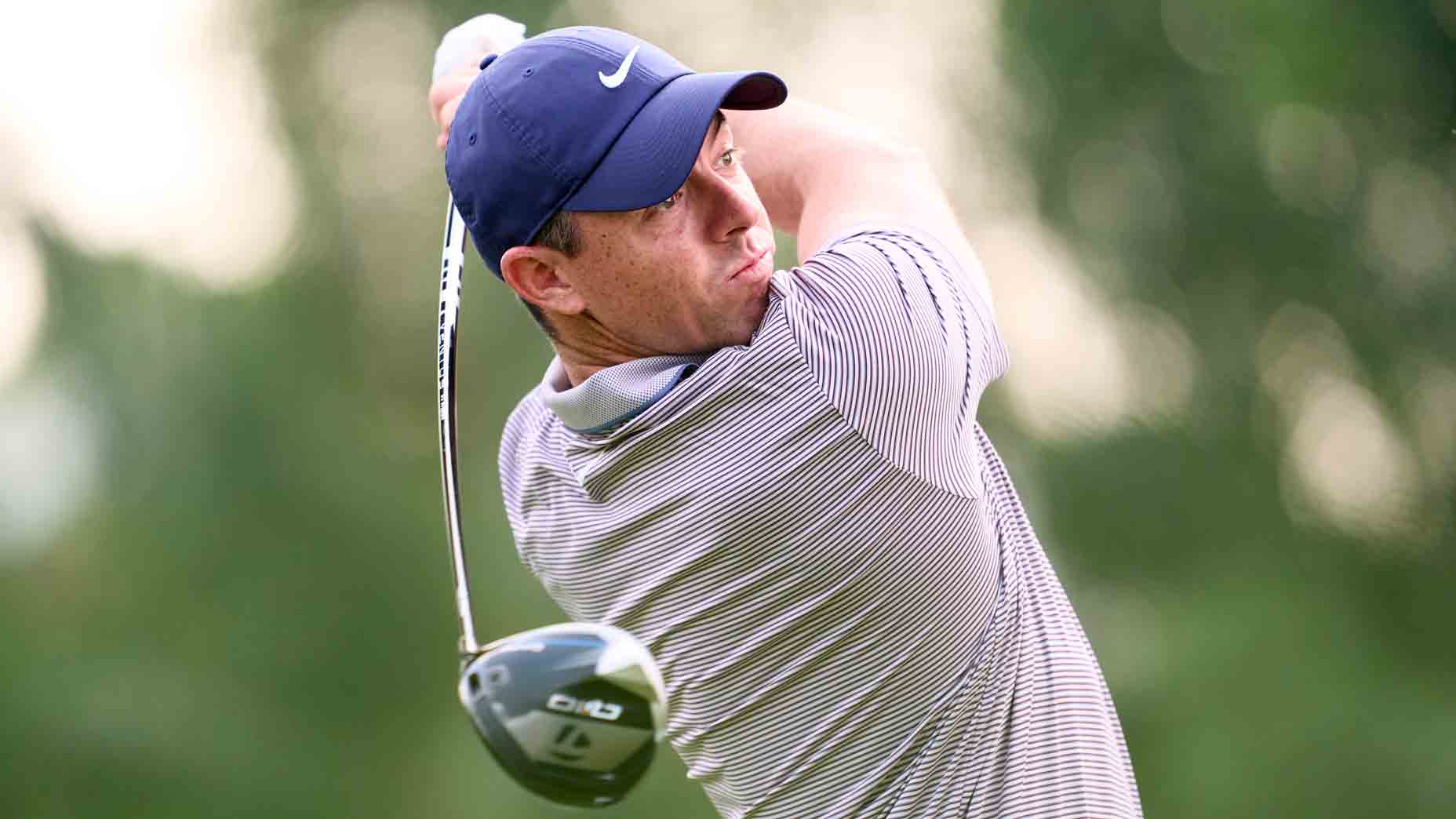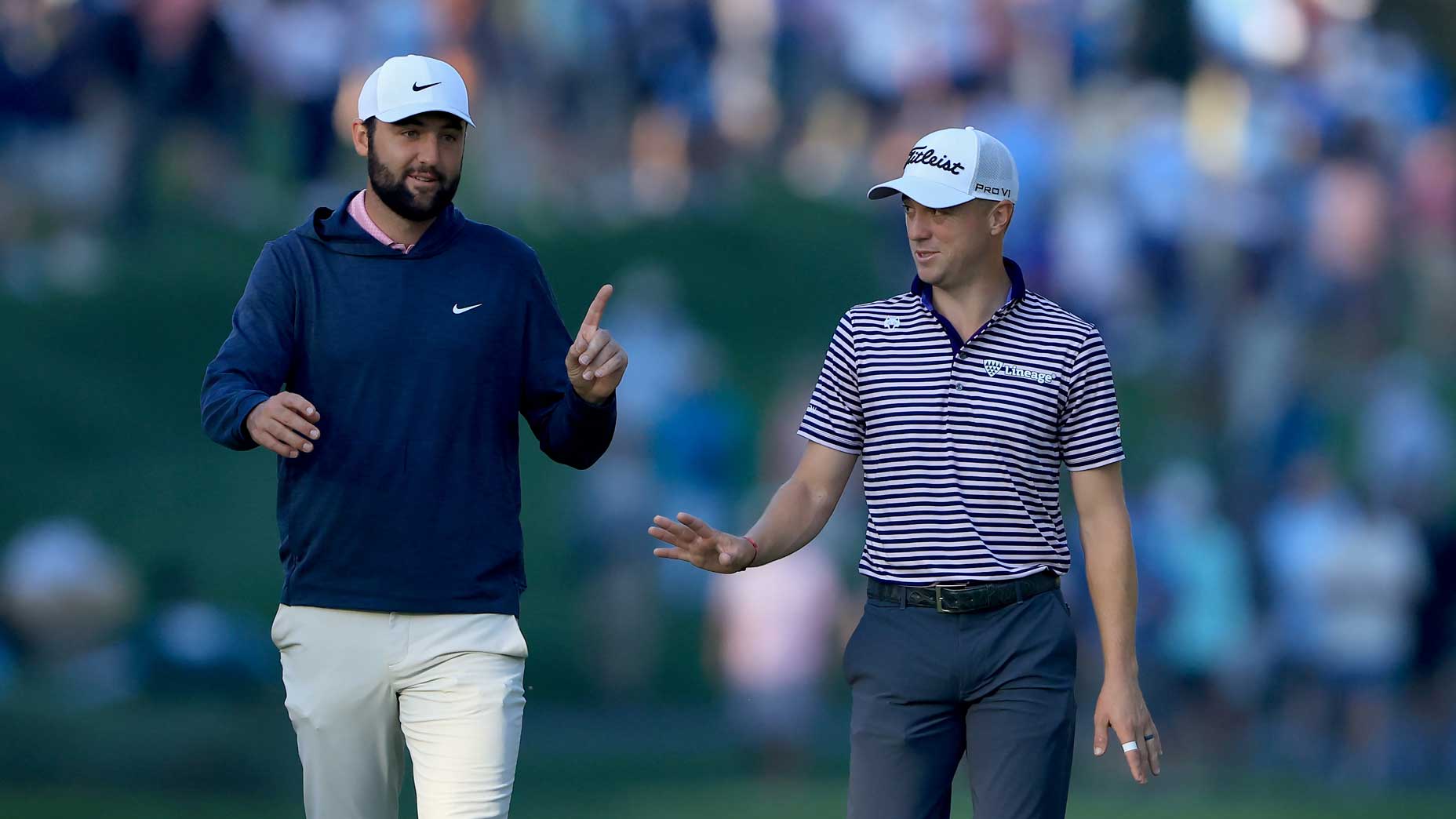In the 2017 PGA Tour season, the youngest winner, at age 21, was Si Woo Kim. It was also the season that Rod Pampling won at 47, and 50-year-old Steve Stricker pocketed a million in earnings. Is there a youth movement on Tour…or not?
The problem with looking only at winners is the variability that leads to spurious results. Example: In 2009, at age 59, Tom Watson could have become the oldest winner of the Open Championship. Instead, Stewart Cink’s playoff victory over Watson reduced the winner’s age by 20 years. So rather than use winners to gauge the Tour’s youthfulness, I look at the top players in each season based on total strokes gained, a measure of season-long performance excellence that accounts for course difficulty and the strength of the field.
From 1987 until 1996, the average age of the top 100 players in total strokes gained steadily rose from 32.3 years to 36.5 years. In that decade-long stretch, Watson and contemporaries like Greg Norman, Tom Kite and Hale Irwin were playing competitively into their late forties. The average age of the top 100 players remained steady between ’96 and ’04.
Then the youthquake hit. From 2004 through 2017, the average age of the top 100 players plummeted from 36.5 to 33.0 years. This run began with the success enjoyed by young-gun players like Justin Rose, Rory McIlroy, Jason Day and, later, Jordan Spieth, Justin Thomas and others.
The golfers who attract the most attention in any season are those at the very top, and here the numbers become even more stark. In ’17, the average age of the top 10 players was just 30.0 years, the youngest top-10 group ever from 1983 to 2017, the era of Shotlink data.
This season, all eyes will be on 42-year-old Tiger Woods. That will no doubt include the sights of a new breed of killers taking aim at their aging hero.






